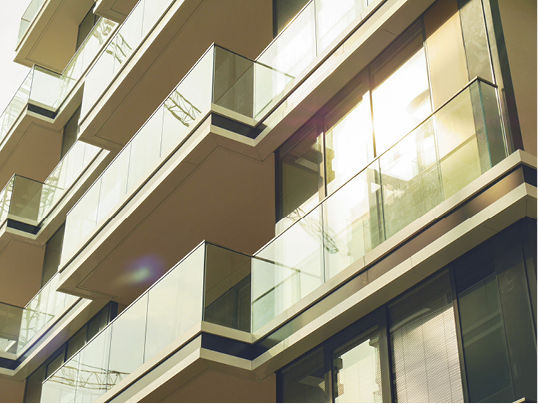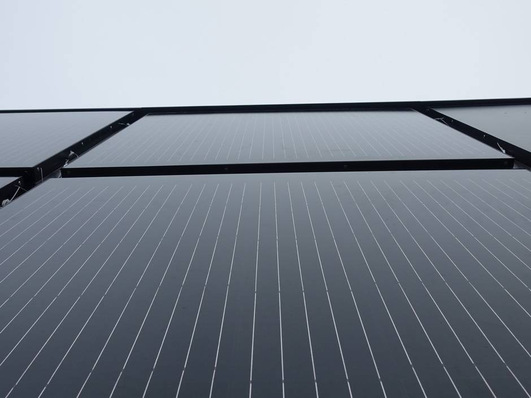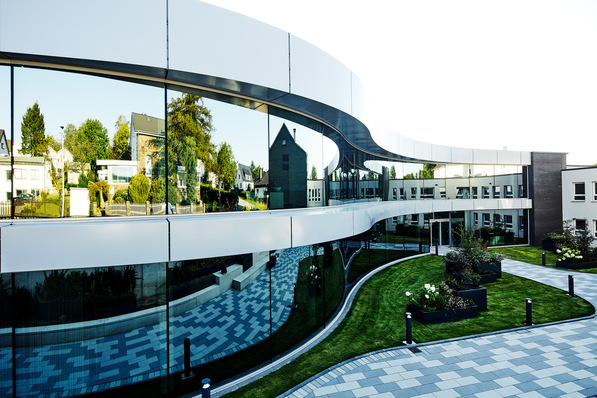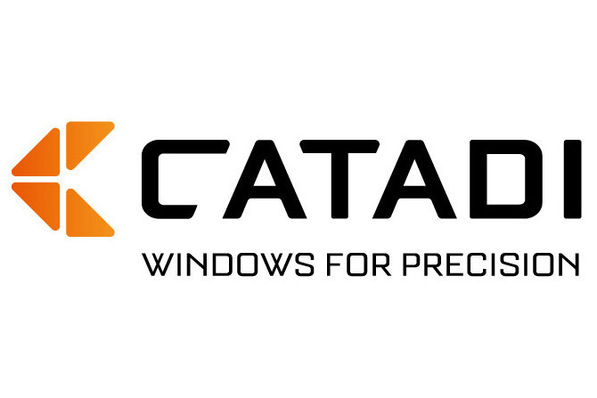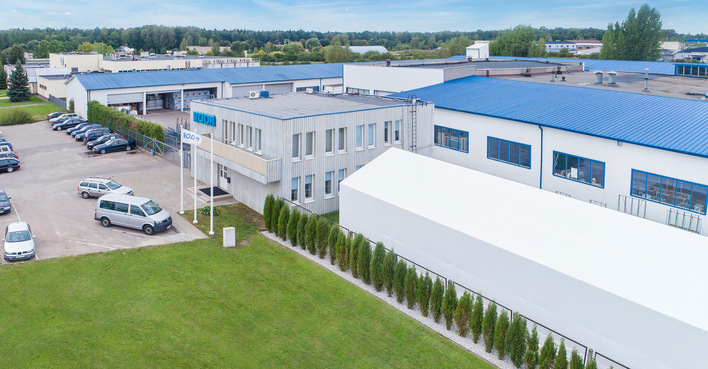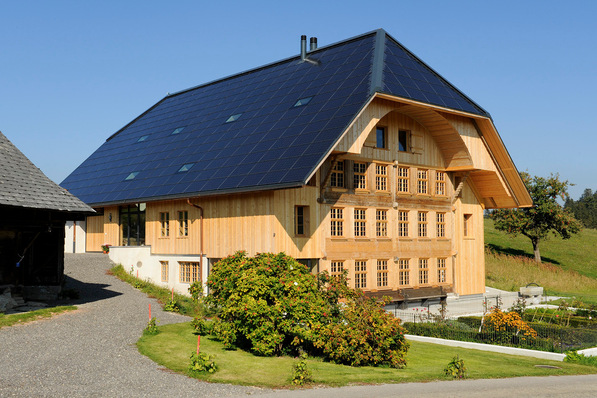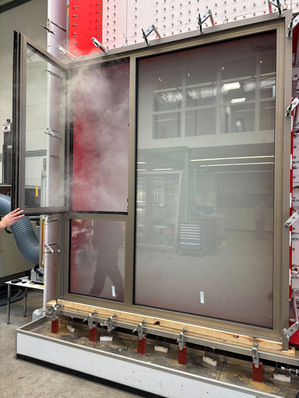The unique architecture of the luxurious Ambassy residential complex makes this project on Vienna’s Beatrixgasse a real eye-catcher. The developers and planners set themselves ambitious targets for this project. Their aim was to create nothing less than the city apartments of the future, with the ultimate comfort standards and an efficient energy concept.
gw_news wanted to know more and was there on site to find out from the façade builder PSP (www.psp-holz.at) and insulating glass provider Glastec Produktions- und Verfahrenstechnik GmbH (www.lisec.com) what role the building envelope had in this and why insulating glass with built-in sun protection had to be used.
High standards from the building developer and the architect
Façade builder Johannes Pfeffer from PSP Holz GmbH explains: “When it came to the building envelope the developer wanted to create a modern architectural language with flush-fitted surfaces. At the same time it wasn’t to be a mullion-transom façade because the developer didn’t want the building to look like an office. The developer wanted a visually impressive building that radiated exclusivity. Our suggestion to use an intelligent Climawin façade system, a high-end all-glass solution, was quickly met with agreement”. “One of the reasons for this,” emphasises Pfeffer, “was that this would allow all of the relevant functions to be automated, while still retaining all the manual functions. This means residents can ventilate or activate sun blinds manually.”
Furthermore, the frameless system allowed the narrow frames to be concealed in the wall, floor and ceiling. This creates flowing visual transitions from the inside out and also generates an optimal insulating effect with maximum transparency. At the same time, bright rooms were created on all sides of the building and the rooms appear bigger.
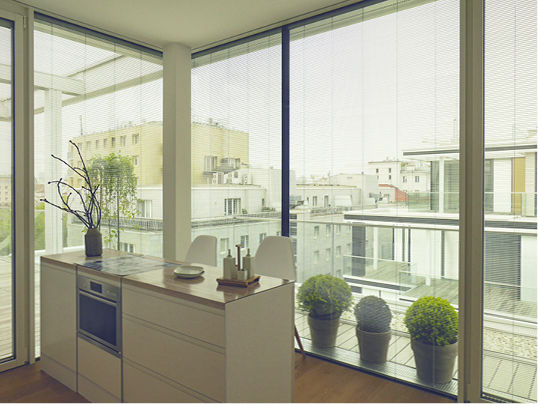
Matthias Rehberger
Sun protection in the ISO unit
Johannes Pfeffer: “One major advantage of the Climawin all-glass design is that it can be adapted to different wall, floor and ceiling structures, since it allows different glass thicknesses to be installed in the system and replaced again at any time without the wall fixture being damaged in the process.”
And this is where sun protection came in. On the one hand the façade had to have a flush-fitting design; the many porches, recesses and corners in the Ambassy building posed another challenge when it came to sun protection. Classic sun protection would not have worked in many places. So external sun protection would have been out of the question, and switchable glass was to be avoided too.
But to achieve optimum protection against direct sunlight and glare, the façade builder proposed a sun protection system to the planners which was integrated in the façade glazing and suggested that this be carried out by glass designers from Glastec, a company from the Lisec Group (www.lisec.com), run by managing director Andreas Winter.
The architect needed some convincing
“We had already used systems like this before and were satisfied with how they functioned – in the long-term too. But we still had to convince the planners and that required both good arguments and a little patience,” recalls Johannes Pfeffer.
Andreas Winter adds, “that was our experience too, first you have to alleviate fears of architects about blinds in the ISO unit. If you don’t manage that, you’ve got no chance. I must emphasise here that this is a very complex product or, to put it more precisely, system, which must be manufactured and installed with extreme precision. This also requires a control unit which must be precisely adapted. That is why we only offer a complete package comprising both sun protection and a control unit.”
The control unit installed in Vienna is based on radio control, whereby each window is individually controllable as well as by smartphone or manually by a wall switch. “We’ve already been manufacturing insulating glazing with internal blinds for years. So far we’ve had no malfunctions,” adds the ISO manufacturer.
What does integrated sun protection actually add?
Key arguments for integrated sun protection are the sheltered position from weather, wind and dirt and security against vandalism, especially when such systems are installed on the ground floor. Andreas Winter explains: “Since these are maintenance-free systems which do not need to be cleaned either as they are hermetically secured in the spaces between the panes of the ISO unit, there are no cleaning costs.”
That plays an important role, particularly for investors or private developers who plan to run or use the building themselves later. After all, this means savings of thousands of euros over the years. And this not insubstantial cost can have a significant impact when it comes to cost calculation.
According to him, another advantage is the easy installation of the sun protection associated with the glazing façade element, again eliminating the installation costs common with traditional systems.
What’s more, the blinds integrated in the insulating glass panes do not freeze, meaning they can continue to function uninterrupted. And the thermal bridges which frequently occur in traditional sun protection systems, sometimes due to the system, do not apply here either.
“And there’s another argument is favour of integrated blinds: they can also be built into the ISO units for the floor-length doors, meaning there was no need for a change of system,” continues Winter.
Façade builder PSP commissioned a specially developed blind for the door elements as well as the composite windows of the Ambassy residential complex, for which PSP is still the license holder (PSP Systems). This blind is suitable for use in composite windows and matches the blinds in the glazing both visually and in terms of the control technology used. This generates a visual appearance which mirrors that of the glazing blinds.
In the Vienna project a system with an electric drive was created for sun shading. The blind is integrated in the insulating glass in the outer inter-pane space of the triple glazing units.
The door and window systems
A composite window system called PSP Tri-Star is used in the moveable doors (patio doors, French windows) in the Vienna project. These are windows and doors with leaves consisting of two folding parts. The inner part of each leaf is wooden with very narrow profiles and equipped with insulating glass (U-value 1.0 W/(m²K)) as well as a wooden mounting profile for composite blinds.
The outer part of the leaf is a mono pane which is fastened on the inner part of the leaf with corresponding bands. This allows the window or door to be folded to clean the panes or, where necessary, do maintenance work on the blinds.
The PSP Tri-Star composite window (double glazing inside and a mono pane outside) achieves a U-value of 0.84 (W/(m²K)). The narrow leaf profiles (61mm wide) allow for a maximum glass size and a very streamlined appearance.
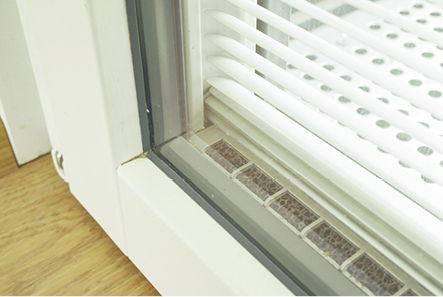
Matthias Rehberger
Ventilation via windows and doors
The Climawin ventilation system is used for the windows and doors. For this, the structural elements were designed as a composite window. The Climawin system improves the room air quality with its integrated ventilation unit while at the same time helping to reduce heating and air conditioning energy costs.
Climawin is an automated comfort ventilation system which is only fed in via the window or door element, meaning no ventilation pipes or devices are necessary. Each Climawin window is equipped with ultra-modern electronics which sense the outdoor conditions as well as a patented airflow control valve and a keypad as a user interface.
A room air quality sensor (AQS) monitors the CO2-level at regular intervals and other relevant parameters such as temperature and humidity. The data collected by the windows and the AQS are transmitted to the Climawin network monitor wirelessly.
The system works as a backflow system, i.e. without any ventilation devices on the window. The airflow is generated solely on the basis of a slight vacuum in the apartment. The incoming air is guided through the composite window, filtered between the inner pane and the outer pane and guided inside or outside through the use of solenoid valves. This is how the cooling and heating functions as well as ventilation function are generated.
Because the air flows in from the underside of the window, the airflow is guided through the composite cavity (inner pane to outer approx. 50mm) up to the air outlets or the solenoid valves. This preheats the air and ensures cold air does not flow into the room. In cooling mode the warm air is guided outwards, which in turn prevents the inner pane from heating too much.
The air conditioning control unit
Climawin ventilation is automated, but the user can still make their own adjustments on the keypad. The automated ventilation section is an added function for guaranteeing optimum air quality along with the highest possible energy efficiency. The individual components in the wireless control system used work on the basis of EnOcean.
“The entire building was declared a low energy building and that with a façade made entirely of glass. That’s something we’re immensely proud of,” concludes Johannes Pfeffer.







